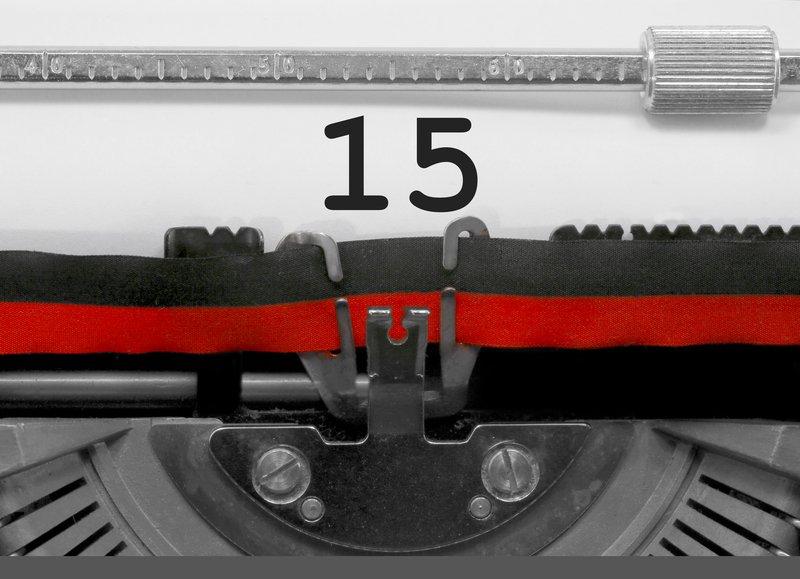Making the leap into starting your own business takes a lot of bottle and brings a lot of new challenges.
As you work to drum up business and generate new customers, those early days will be among the hardest you face.
Making sure that your business stands out in your niche is crucial to your success. But how can you do that?
Everybody likes to get something for nothing, so using free promotional items is one way to get your product or service in front of the right audience.
To be effective, your promotional materials must be targeted and not just given away for the sake of it.
So, to help you get it right, here’s our guide to using promotional materials to get maximum exposure for your small business.
Why do promotional materials matter?
So why do promotional goods matter? You’ve got a million and one other things to think about as the head of a new startup, so is it worth it?
Brand Awareness
The most obvious benefit of promotional materials is that they increase your brand awareness, which is especially important in the early days of your startup.
Having a promotional item in their office or home means a lead is more likely to think of you when they need your product or service, it’s as simple as that. However, the benefits go a little further…
Longevity
Unlike a normal radio or TV advertisement, promotional items have great longevity (as long as they’re done right!).
If you choose a product that is of genuine value to somebody, they could use it for months or even years while unconsciously endorsing your startup and keeping it at the forefront of their minds.
Brand image
Good promotional materials don’t just make people think about your business, they make them think positively about it.
Again, this depends on choosing the right materials, which we’ll come on to, but receiving something for free, especially if it’s of genuine value to them, is always going to improve your brand image in the eyes of your prospects.
Choosing your promotional materials
You should have already identified the demographic your business is trying to appeal to, so use this research to help you decide what promotional goods to send out.
Identify your audience and their needs
Different industries, ages, genders, and locations will all have different needs and wants, so identify a product that would appeal to the types of people you want coming to your business.
For example, if you’re a digital marketing agency, giving away a USB stick would be far more relevant than giving away a bottle opener.
Pick something useful
Gimmicks are all well and good, but what people really want is something useful—something that will actually make their lives a little bit easier.
This can often mean that things that seem a bit more boring can actually work well.
Take pens, for example. You might not be over the moon to receive a branded pen at a trade show or exhibition, but that pen will probably rattle around in the drawer of your desk and get used for months or even years to come, all while bearing the name and logo of the company that gave it to you.
Some companies, especially those in the food and drinks industries, like to send out personalised, edible goods, especially around Christmas.
While this is a good idea in theory and one that will surely go down a treat, it’s ultimately a very disposable, short-term item that will be forgotten about very quickly.
Encourage engagement
So you’ve picked the right product and given it to the right people, but don’t lose sight of why you’re giving it away.
The whole point is that you’re hoping to get some kind of engagement out of your audience, whether that be getting them to follow your social media profiles, visit your website or give you a call.
Make sure to include a call to action to encourage engagement. For example, this could be as simple as printing your website or phone number onto the product.
You could also take things even further, adding a hashtag which people can use to be in with a chance of winning a prize.
Most importantly, though, your promotional materials really need to sell your business and be a reflection of what you do.
They should also be consistent with the rest of your branding efforts in terms of your logo and colours.
Distributing your promotions
It’s important not to overlook how you’ll actually get your promotional products in front of people.
Exhibitions/Trade Shows
Exhibitions, trade shows, conferences and such are probably the most popular places to give away promotional materials and get in front of as many people as possible.
Not only does this attract people to your stall and spark up a conversation, but it also keeps people thinking about your business long after the event.
This is obviously a cheaper method of distribution, but it’s a much more scattered approach, and the results will reflect this. Many people will receive products who will never even consider your business and are really just looking to get something for free.
Postal
If you’re going to ship products out to people, this can be expensive and time-consuming, but it means that you can really target prospects who will appreciate the gift and have a high chance of converting into sales. They’ll also appreciate that you’ve taken the time to send something directly to them.
It also gives your sales team a foot in the door, allowing them to follow up on the gift a few weeks down the line with a conversation.
Internal
You also shouldn’t overlook the benefits of distributing promotional materials internally amongst your staff.
They can reward staff for good performance or certain milestones, which is obviously a good way to boost morale. However, they’re also effective in increasing brand awareness, with employees much more likely to speak highly of the business if they’re being rewarded for their good work.
Budget
You’ve probably already set aside a marketing budget, but be wary of how much of this you put into promotional items.
It can be easy to get carried away and overestimate how much you actually need, which can result in a box full of branded goods sitting in the corner of the office.
It’s also usually the case that the more expensive products, such as USB sticks, may be of more value to potential customers, but you really have to weigh up whether this extra outlay is worth it.
Of course, this depends on your target audience and industry, but largely speaking people will take a cheap product and make a negative judgement about the company giving it away, rightly or wrongly!
A cheap, tacky product suggests that you haven’t really put much time or thought into your clients or prospects, but higher value products create a much better brand image and can help convince a prospect to convert.
Again, it depends on the circumstances, but generally speaking, spending a little more on a smaller quantity of items could prove to be a wise strategy.
Promotional products are a great way to get your startup in front of more eyes, start conversations, and ensure that people talk about your business for much longer than they would through more conventional advertising.
Hopefully, we’ve been able to clarify for you just how promotional materials can be beneficial to your startup if you use them strategically.
This guide was written exclusively for ByteStart by Adam Bennett, Digital Marketing Manager at Digital ID, the UK’s leading supplier of Personalised Lanyards.

|
Free Tide Business Bank Account + £50 Cashback!Simply open a free business current account to qualify + 12 months free transactions. Read our Tide review. Open a Tide savings account at the same time and earn an excellent 4.07% AER (variable) on your spare funds. |










